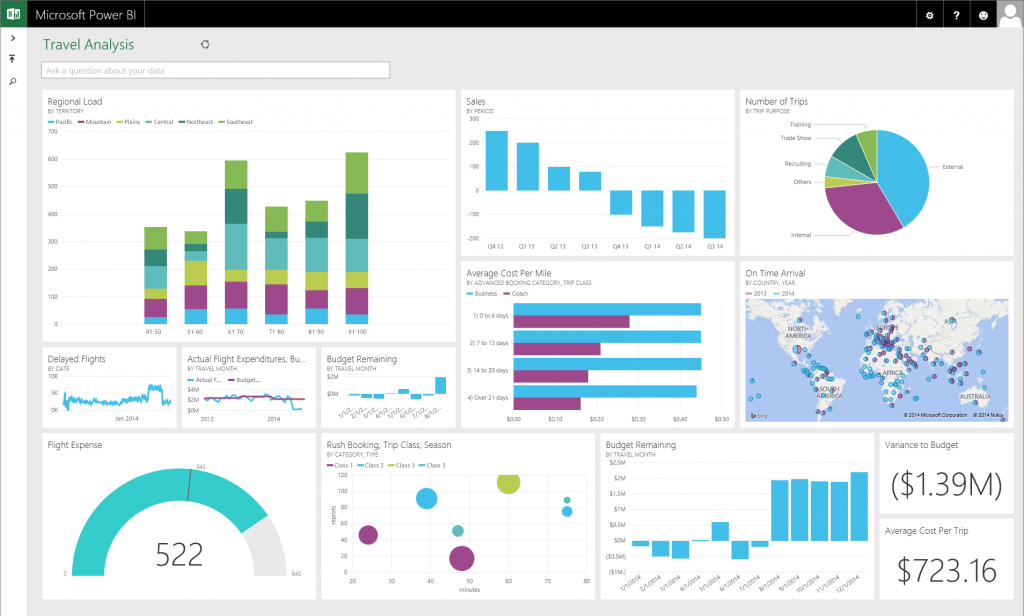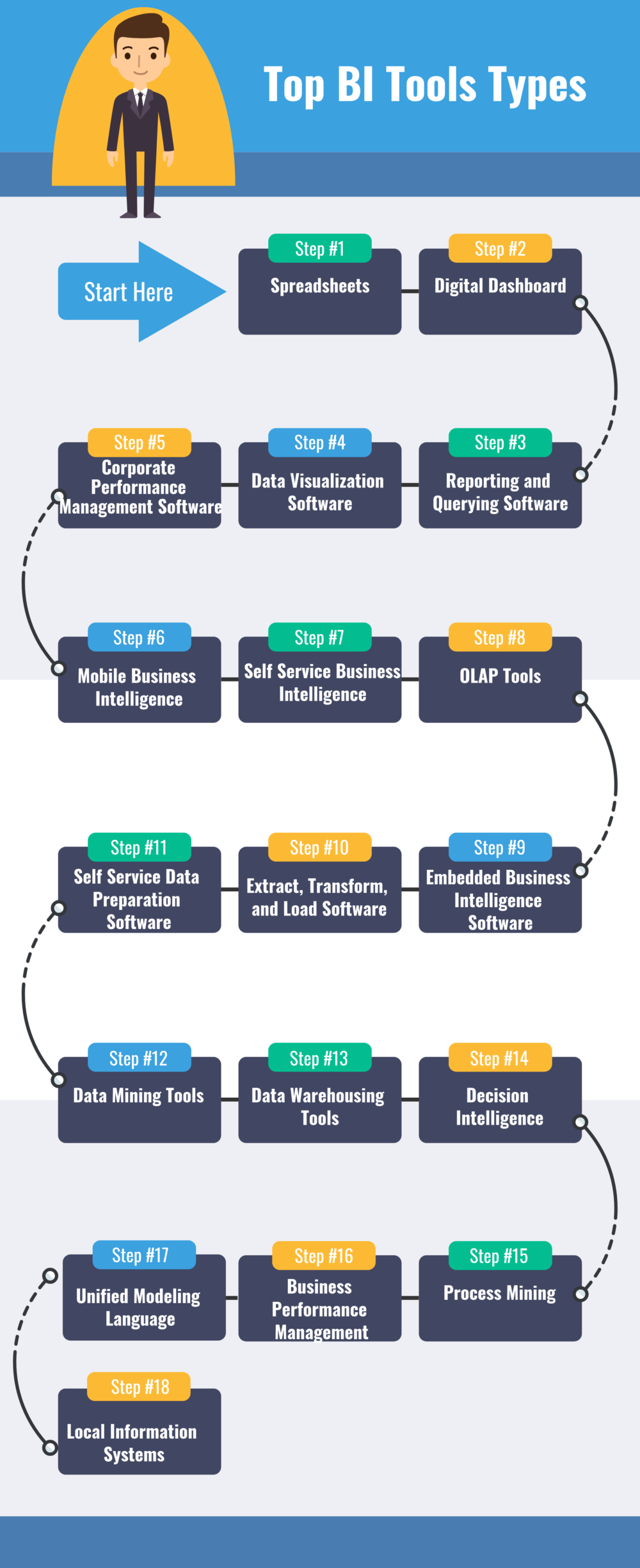Car Accident and Lower Back Pain
Whether you’ve been involved in a minor fender bender or a serious collision, car accidents can wreak havoc on your body. Among the most common injuries is lower back pain, which can range from a dull ache to excruciating discomfort. If you’re experiencing lower back pain after a car accident, it’s essential to seek medical attention promptly. Ignoring the pain can lead to chronic problems down the road.
Lower Back Anatomy and Biomechanics
To understand how car accidents can cause lower back pain, it’s essential to have a basic understanding of the lower back’s anatomy and biomechanics. The lower back, or lumbar spine, is made up of five vertebrae, which are stacked one on top of the other and separated by intervertebral discs. These discs act as cushions, absorbing shock and allowing the spine to move smoothly. The lower back is also supported by a network of muscles, ligaments, and tendons.
When a person is involved in a car accident, the sudden impact can cause the lower back to jolt forward or backward. This can damage the vertebrae, intervertebral discs, or surrounding soft tissues. Additionally, the sudden change in motion can strain the muscles, ligaments, and tendons in the lower back.
Types of Lower Back Pain
The type of lower back pain a person experiences after a car accident can vary depending on the severity of the injury. Here are a few common types of lower back pain that can result from a car accident:
1. Acute lower back pain: This type of pain usually develops immediately after the accident and lasts for a few days or weeks. It can range from mild to severe and is often accompanied by muscle spasms.
2. Subacute lower back pain: This type of pain typically lasts for several weeks to months. It may be less severe than acute pain but can still interfere with everyday activities.
3. Chronic lower back pain: This type of pain persists for more than three months. It can be challenging to treat and may require ongoing medical care.
Car Accident and Lower Back Pain: A Guide to Causes and Treatment
A car accident can shake your life upside down. You’re dealing with injuries, insurance companies, and the stress of it all. One of the most common injuries from a car accident is lower back pain. In this article, we’ll delve into why this happens and explore ways to manage the pain.
Common Causes of Lower Back Pain After a Car Accident
The force of an abrupt stop or impact can cause significant injury to the delicate muscles, ligaments, discs, and nerves in your lower back. Here are some specific culprits:
- Muscle Strain: The sudden movement of a crash can tear or stretch the muscles in your lower back, causing pain and spasms.
- Ligament Sprain: The ligaments that connect your vertebrae can be stretched or torn during an accident, leading to lower back pain and instability.
- Disc Herniation: The force of a car crash can push a soft, gelatinous disc between your vertebrae out of its normal position, compressing nerves and causing pain.
- Nerve Damage: Nerves that run through your lumbar spine can be injured by the impact or compression, causing numbness, tingling, or pain that radiates down your legs.
- Fractures: In severe accidents, a vertebra in your lower back may crack or fracture, leading to intense pain and potential damage to the spinal cord.
Car Accident and Lower Back Pain: What You Need to Know
If you’ve been in a car accident, it’s not uncommon to experience lower back pain. The sudden impact of the crash can jolt your spine and cause damage to the muscles, ligaments, and nerves in your lower back.
Symptoms of Lower Back Pain from a Car Accident
Lower back pain from a car accident can range from mild to severe. Common symptoms include:
- Pain in the lower back, buttocks, or legs
- Stiffness, numbness, or tingling in the lower back
- Weakness in the legs
- Difficulty walking or standing
Causes of Lower Back Pain from a Car Accident
The impact of a car accident can cause damage to any of the structures in your lower back, including the:
- Bones
- Muscles
- Ligaments
- Nerves
- Discs
The type and severity of your injuries will determine the intensity and duration of your lower back pain.
Treatment for Lower Back Pain from a Car Accident
The treatment for lower back pain from a car accident will vary depending on the cause and severity of your injuries. Common treatments include:
- Rest
- Ice
- Heat
- Medication
- Physical therapy
- Surgery
In most cases, lower back pain from a car accident will improve with time and treatment. However, if your pain is severe or persistent, you may need to see a doctor to rule out any underlying medical conditions.
Prevention of Lower Back Pain from a Car Accident
There are a few things you can do to help prevent lower back pain from a car accident:
- Wear your seatbelt every time you drive.
- Adjust your seat so that the steering wheel is close to your chest and your feet can reach the pedals comfortably.
- Take breaks on long drives to stretch and move around.
- If you’re in a car accident, seek medical attention as soon as possible.
Conclusion
Lower back pain from a car accident is a common injury that can range from mild to severe. The pain is typically caused by damage to the bones, muscles, ligaments, nerves, or discs in the lower back. Treatment for lower back pain will vary depending on the cause and severity of your injuries. In most cases, lower back pain from a car accident will improve with time and treatment.
Car Accident and Lower Back Pain: A Guide to Treatment and Recovery
A car accident can result in a myriad of injuries, and lower back pain is a common one. The sudden and forceful impact of a collision can jolt the spine and surrounding muscles, leading to pain, discomfort, and reduced mobility. If you’re experiencing lower back pain after a car accident, it’s crucial to seek medical attention promptly to rule out any underlying damage.
Treatment Options for Lower Back Pain After a Car Accident
Various treatment options are available to alleviate lower back pain after a car accident, depending on the severity of the injury.
Rest and Immobilization
In the initial stages of recovery, your doctor may recommend rest and immobilization to reduce inflammation and promote healing. This could involve limiting activities that aggravate your pain, applying ice packs, and using a back brace for support.
Chiropractic Care and Physical Therapy
Chiropractors and physical therapists can manipulate the spine and soft tissues to improve mobility, reduce pain, and restore function. These therapies often involve hands-on techniques such as massage, stretching, and joint manipulation.
Pain Medication
Over-the-counter pain relievers like ibuprofen or acetaminophen can provide temporary relief from lower back pain. In some cases, stronger prescription pain medication may be necessary.
Surgery
In severe cases, surgery may be an option to alleviate pain and restore function. This is usually considered only if conservative treatments have failed to provide relief.
Tips for Managing Lower Back Pain After a Car Accident
- Listen to your body: Avoid activities that increase your pain.
- Stay active: Perform gentle exercises to improve mobility and strengthen the lower back.
- Maintain a healthy weight: Excess weight can put stress on the lower back.
- Quit smoking: Smoking damages blood vessels and can hinder healing.
- Manage stress: Stress can exacerbate lower back pain. Find healthy ways to cope with stress.
Conclusion
If you’re experiencing lower back pain after a car accident, it’s essential to seek medical attention for a proper diagnosis and treatment plan. With the right approach, most people can recover from lower back pain and return to their previous activities. Remember, your health should be your top priority, so don’t hesitate to seek professional help if you’re struggling with pain or discomfort.
Car Accident and Lower Back Pain: A Guide to Understanding and Managing the Long-Term Effects
The aftermath of a car accident can linger in unexpected ways. If you’ve experienced lower back pain after a collision, you may be wondering about its potential long-term effects. This article aims to provide valuable insights into understanding and managing this common concern.
Impact on Physical Well-being
Lower back pain from a car accident can be both acute and chronic. Acute pain typically subsides within a few weeks or months, but some people develop chronic pain that persists for an extended period. This pain can range from mild discomfort to debilitating, affecting your daily activities, mobility, and overall well-being.
Long-Term Effects of Lower Back Pain After a Car Accident
Lower back pain after a car accident can have long-term consequences that extend beyond the initial injury. These include:
-
Chronic pain: As mentioned earlier, lower back pain can become chronic, lasting for months or years after the accident.
-
Reduced mobility: Severe pain can limit your range of motion and make it difficult to perform everyday tasks.
-
Decreased quality of life: Chronic pain can take a toll on your physical, emotional, and social well-being. It can lead to depression, anxiety, sleep disturbances, and reduced enjoyment of life.
Understanding the Mechanisms of Lower Back Pain
The impact of a car accident on the lower back depends on several factors, including the severity of the collision, the direction of the impact, and your pre-existing health conditions. Common mechanisms of lower back pain after a car accident include:
-
Vertebral fractures: A severe impact can fracture or crush the vertebrae in your lower back.
-
Disc herniation: The force of the accident can cause a disc (a soft cushion between the vertebrae) to bulge or rupture, pressing on the spinal cord or nerves.
-
Muscle strains and sprains: Sudden movements during the accident can strain or sprain the muscles and ligaments in your lower back.
Treatment and Management
The treatment for lower back pain after a car accident depends on the severity and underlying cause. Common treatments include:
-
Rest and immobilization: In the immediate aftermath of an accident, your doctor may recommend rest and immobilization to prevent further injury.
-
Physical therapy: To improve mobility, strength, and range of motion, physical therapy exercises can be helpful.
-
Medication: Over-the-counter pain relievers and muscle relaxants can help manage pain and inflammation.
-
Surgery: In severe cases, surgery may be necessary to repair fractures or herniated discs.
Conclusion
Lower back pain after a car accident can significantly impact your life. By understanding the potential long-term effects and seeking appropriate treatment, you can effectively manage your pain and improve your quality of life. Remember, you’re not alone in this journey. With patience and perseverance, you can overcome the challenges and move forward, leaving the pain behind.
Car Accident and Lower Back Pain: The Road to Recovery
Car accidents can turn our lives upside down, leaving us with a slew of physical and emotional scars. One of the most common injuries resulting from a car accident is lower back pain. Whether it’s a dull ache or a sharp, throbbing sensation, lower back pain can significantly impact our quality of life, making it difficult to perform everyday tasks.
While lower back pain is a prevalent problem, there are steps we can take to prevent or reduce its intensity after a car accident. Here are some practical tips to help you navigate this challenging period:
Preventing Lower Back Pain After a Car Accident
**Proper Seatbelt Use**
Seatbelts are our first line of defense against serious injuries in a car accident. Wearing a seatbelt properly can help distribute the impact of a crash more evenly throughout our bodies, reducing the risk of lower back strain. Make sure the lap portion of the seatbelt is snugly positioned across your hips and the shoulder strap lies comfortably across your chest, avoiding your neck.
**Maintaining Good Posture**
Good posture is essential for overall spinal health, especially after a car accident. When sitting, keep your feet flat on the floor and your back straight. Avoid slouching or hunching over, as this can put excessive strain on your lower back muscles and ligaments.
**Avoiding Strenuous Activities**
Immediately following a car accident, it’s crucial to avoid strenuous activities that could worsen lower back pain. This includes heavy lifting, bending, or twisting. Rest is paramount to allowing your body to heal and prevent further injury.
**Applying Heat or Cold Therapy**
Heat or cold therapy can be an effective way to alleviate lower back pain. Heat therapy helps relax tense muscles, while cold therapy reduces inflammation. Apply heat or cold to the affected area for 15-20 minutes at a time, several times a day.
**Seeking Medical Attention**
If your lower back pain persists or worsens, it’s essential to seek medical attention. A doctor can diagnose the underlying cause of your pain and recommend appropriate treatment options. Early diagnosis and intervention can significantly improve your chances of a full recovery.
Car Accident and Lower Back Pain
Experiencing lower back pain after a car accident is not uncommon. The force of the impact can cause injuries to the muscles, ligaments, and bones in the lower back. These injuries can range from mild to severe, and it’s essential to seek medical attention promptly to assess and treat them appropriately. Ignoring lower back pain after a car accident can lead to chronic pain and other complications down the road.
Seeking Medical Attention After a Car Accident
If you’ve been involved in a car accident, it’s crucial to seek medical attention as soon as possible, even if you don’t feel any pain. Some injuries, such as whiplash, may not show symptoms immediately. A doctor can examine you for injuries, including those in your lower back. If you do experience lower back pain, be sure to tell your doctor. They can order tests such as X-rays or MRI to determine the extent of your injury and recommend the best course of treatment.
Symptoms of Lower Back Pain After a Car Accident
Lower back pain after a car accident can vary depending on the severity of the injury. Some common symptoms include:
- Pain that is sharp and stabbing or dull and aching
- Pain that worsens with movement or certain positions
- Muscle spasms
- Numbness or tingling in the legs or feet
- Weakness in the legs or feet
- Difficulty walking or standing
Causes of Lower Back Pain After a Car Accident
The force of a car accident can cause injuries to the muscles, ligaments, and bones in the lower back. These injuries can occur in several ways:
- Direct impact: The force of the impact can directly injure the muscles, ligaments, and bones in the lower back.
- Whiplash: Whiplash occurs when the head is suddenly jerked back and forth. This can strain the muscles and ligaments in the neck and lower back.
- Compression: The force of the impact can compress the spine, which can injure the discs and nerves in the lower back.
- Sprains and strains: Sprains and strains are injuries to the ligaments and muscles, respectively. They can occur in the lower back due to the force of the impact or the awkward position of the body during the accident.
Treatment for Lower Back Pain After a Car Accident
The treatment for lower back pain after a car accident will depend on the severity of the injury. Some common treatments include:
- Rest: Rest is important to allow the injured tissues to heal.
- Ice: Ice packs can help reduce pain and inflammation.
- Heat: Heat can help relax muscles and relieve pain.
- Physical therapy: Physical therapy can help improve range of motion and strengthen the muscles in the lower back.
- Medication: Over-the-counter pain relievers can help reduce pain.
- Surgery: In some cases, surgery may be necessary to repair damaged tissues or relieve pressure on the nerves.




Leave a Reply